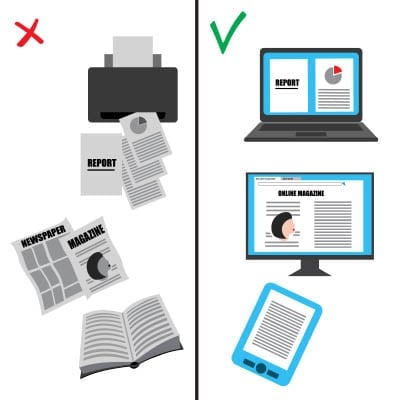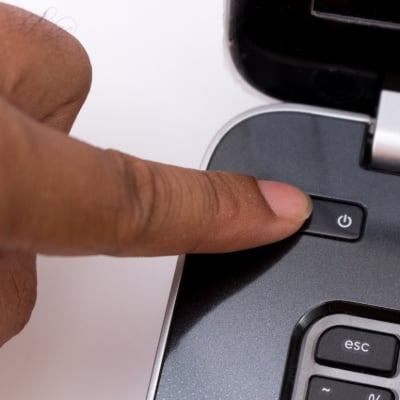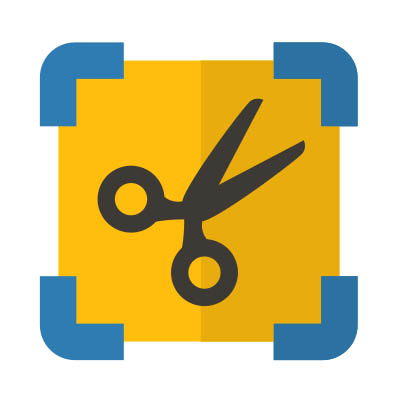In nearly every office, the printer hums along, a familiar backdrop to the workday. Have you ever paused to consider how much all that printing really adds up? If the average office worker might use around 10,000 sheets of paper annually, as some studies suggest, that is far too high with the technology that’s available to us today. That’s a significant impact on budgets and the environment.
We’ve all heard it, perhaps even rolled our eyes at it: “Have you tried turning it off and on again?” This seemingly simplistic question has become a running gag in the world of IT support. But beneath the humor lies a fundamental truth: rebooting a device is often the most effective first step in resolving a surprising number of technical glitches. We understand that, although it might sound elementary, this advice is based on solid technical principles.
The Snipping Tool is a handy little utility application integrated into Windows that provides users with significant screen-capturing capabilities. Let’s review how to use it and how it can prove valuable to your business.
If your business owns more than one computer, you’ve got tech to track. Laptops, monitors, printers, routers, projectors, phones; it all adds up fast. If you’re not keeping an eye on it, you could end up with missing gear, surprise inefficiency, or worse, security problems. That’s why tracking your hardware isn’t just a nice-to-have. It’s a need-to-do.
Microsoft Excel is a great productivity tool and can be used in a lot of different and interesting ways.
- 1
- 2







